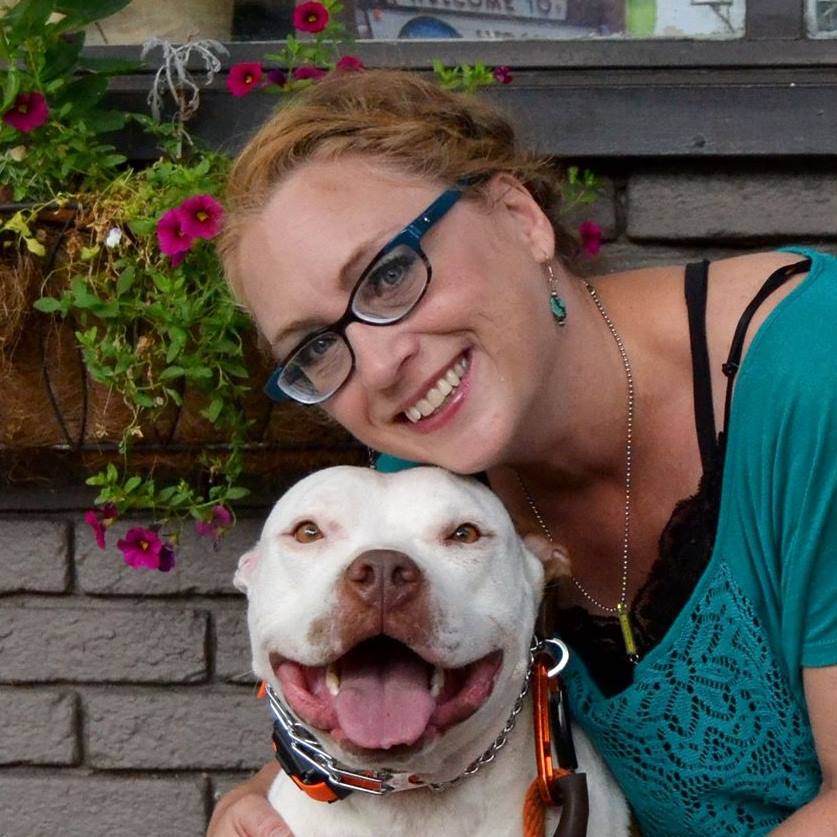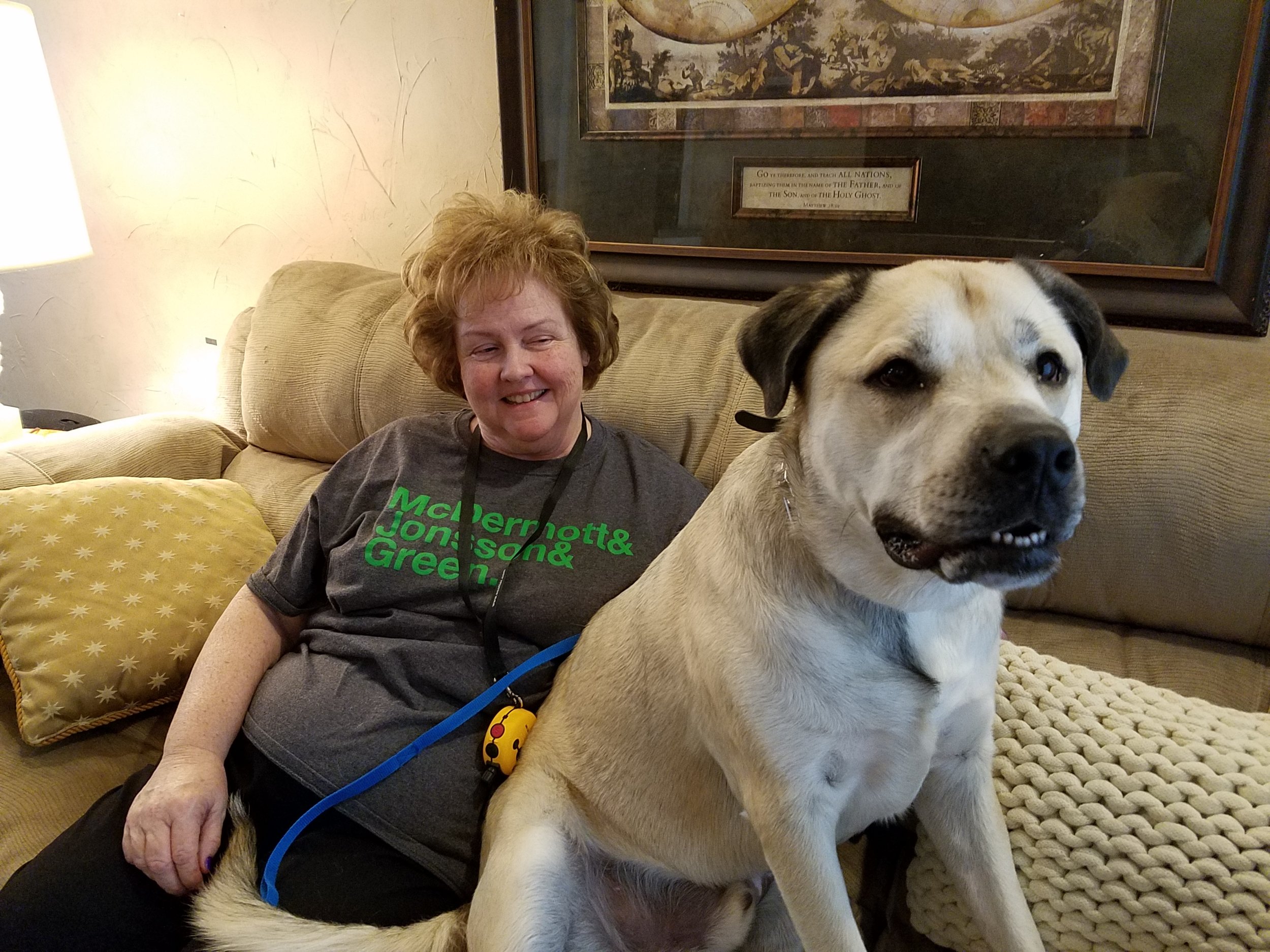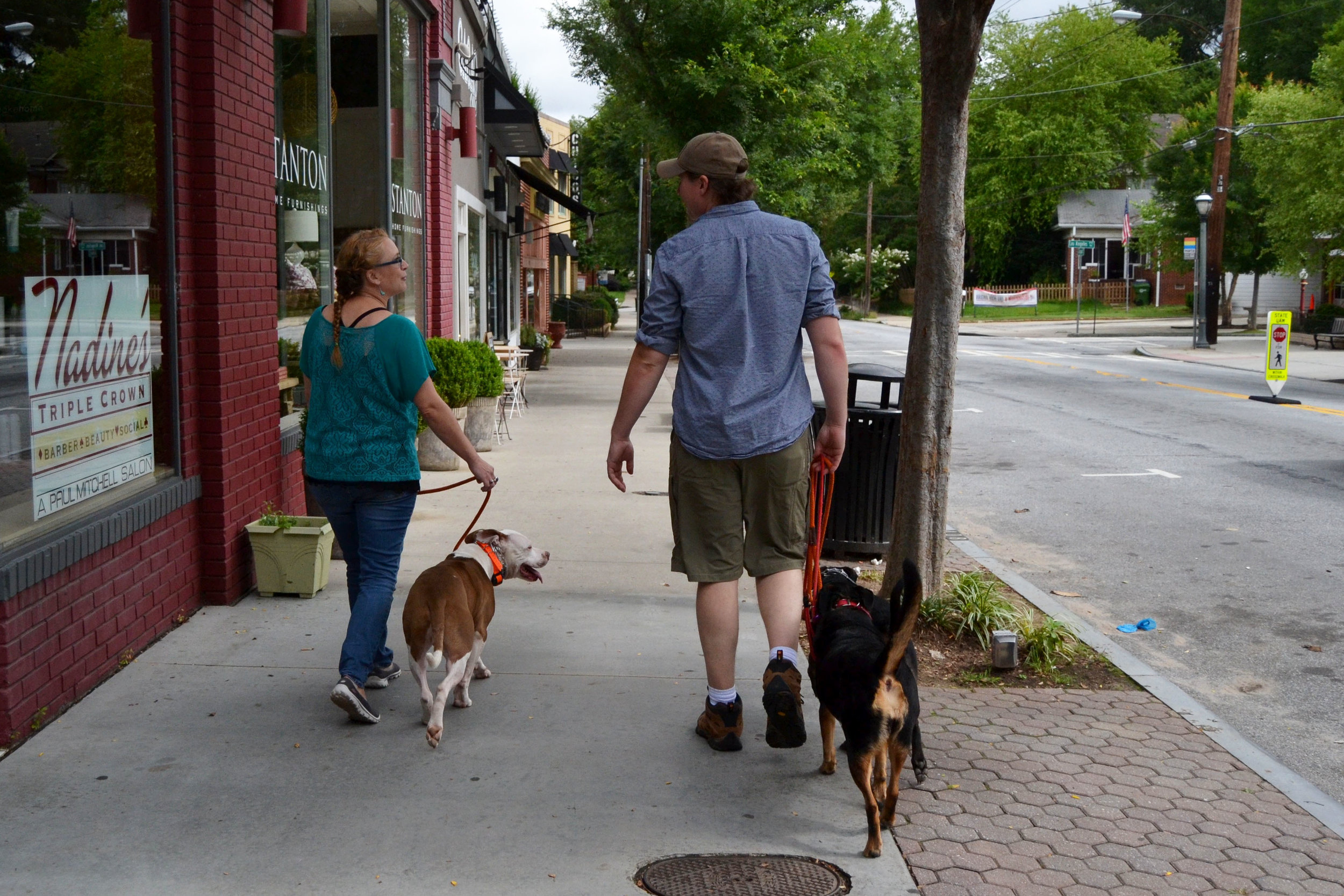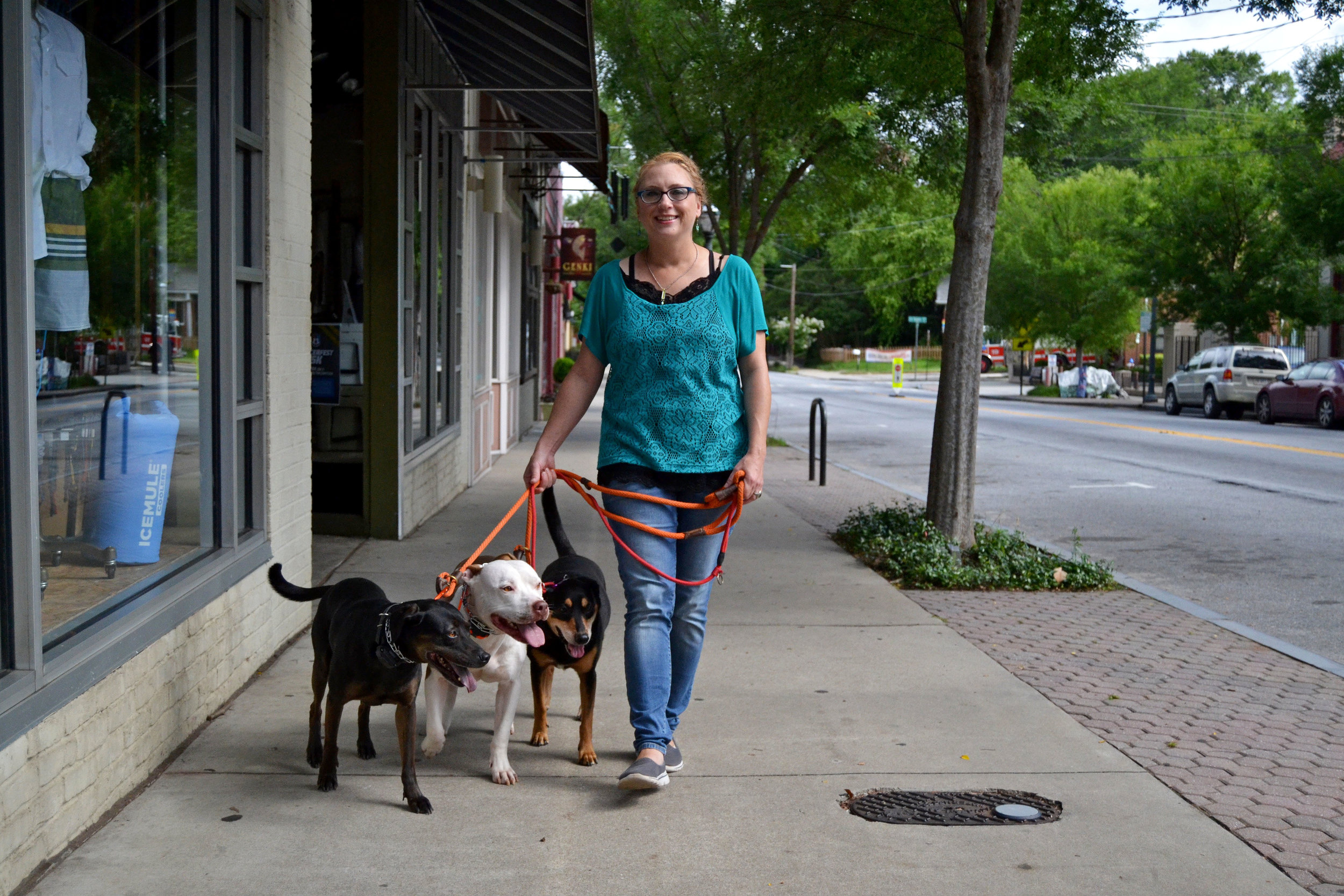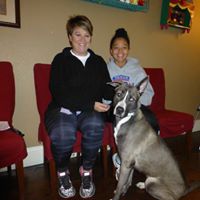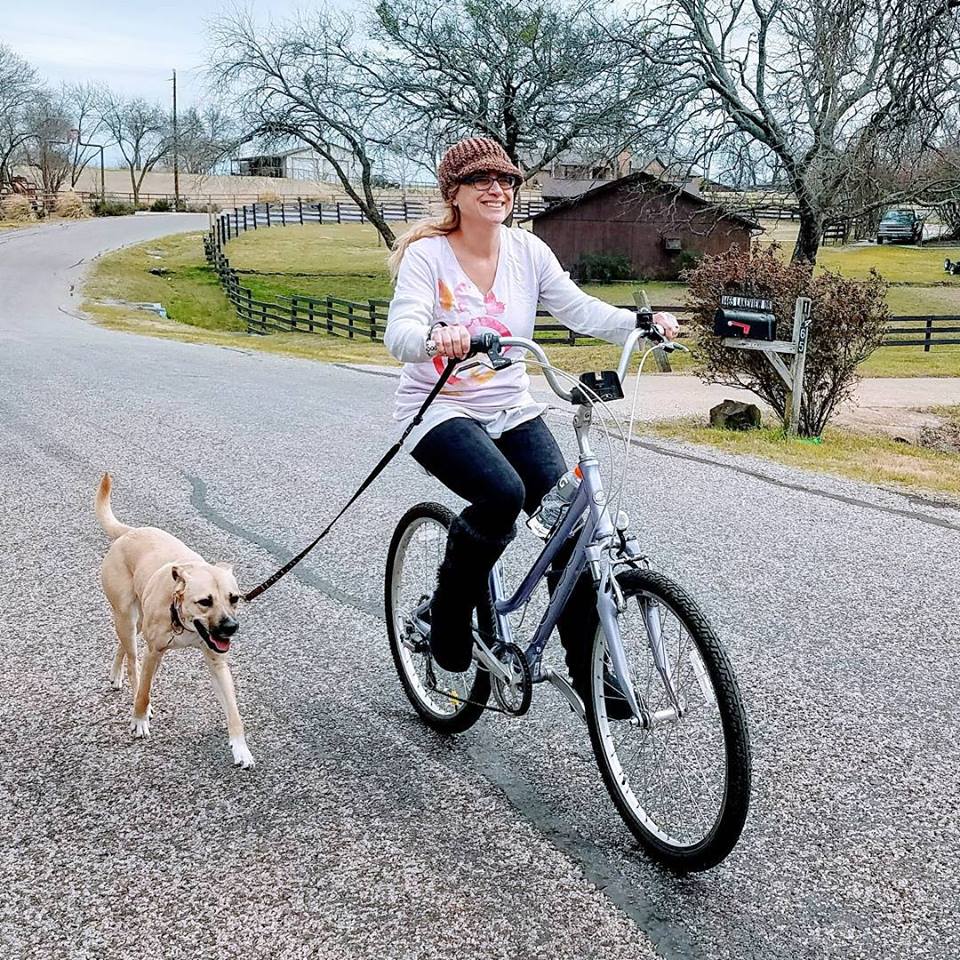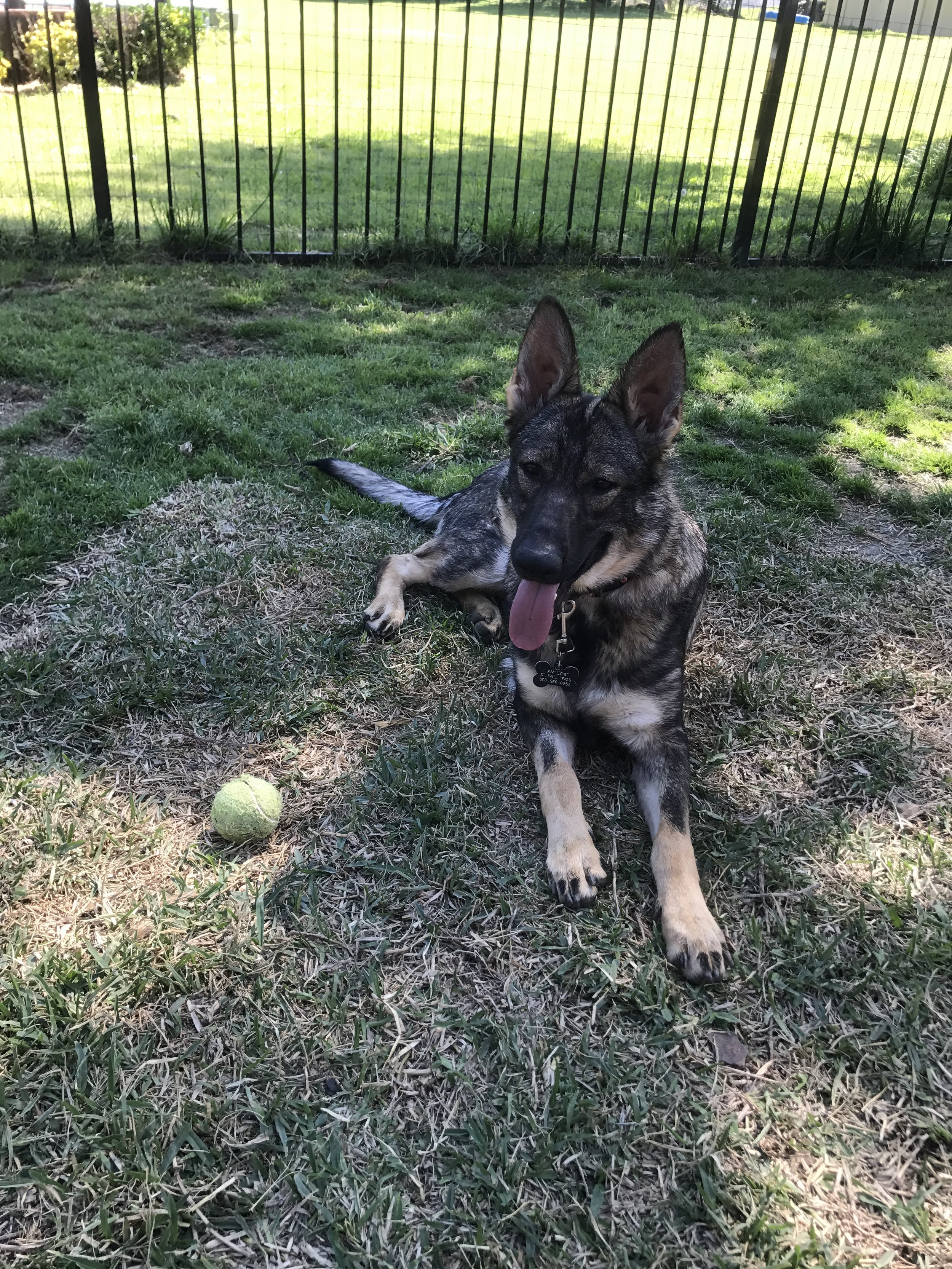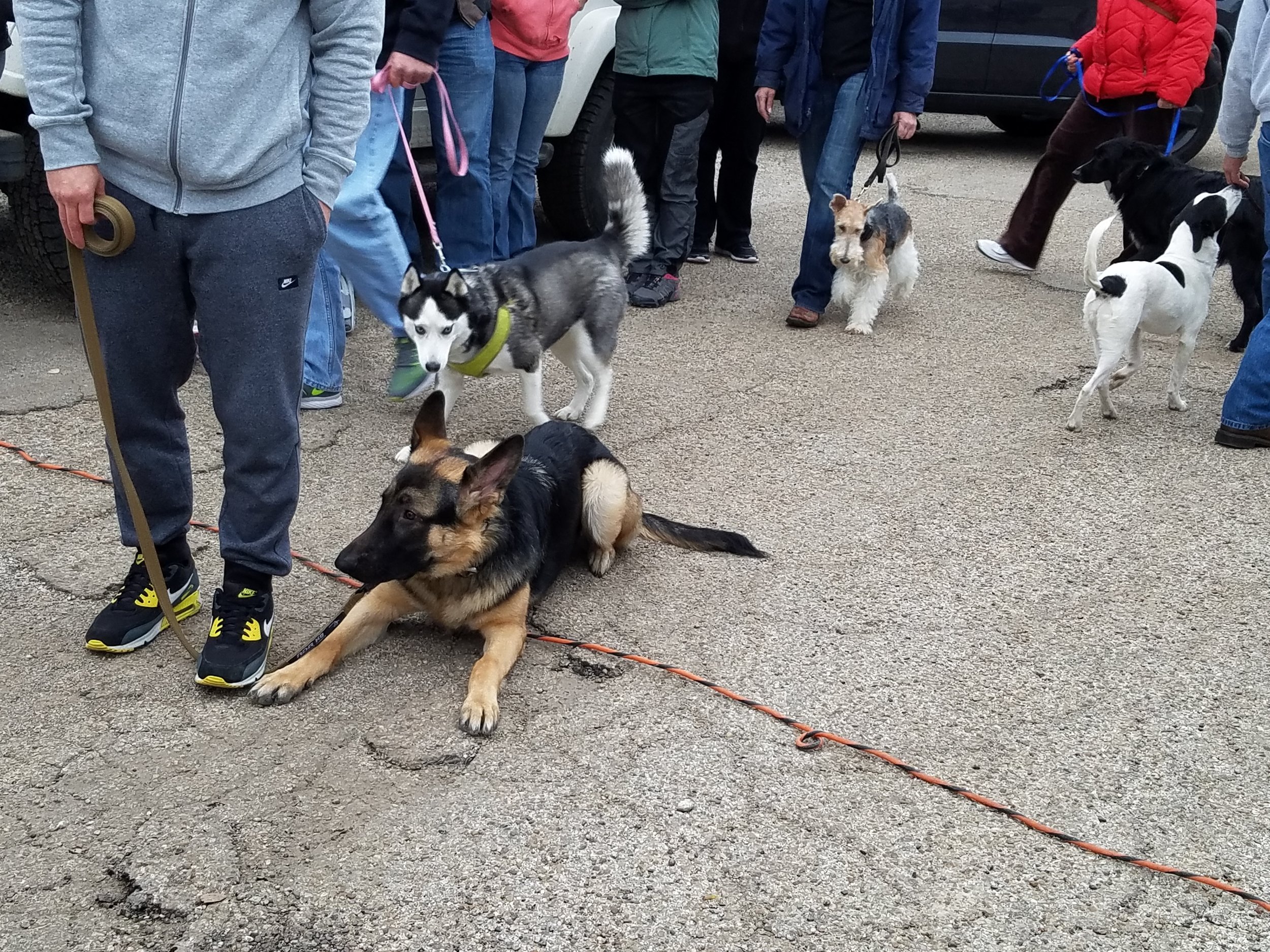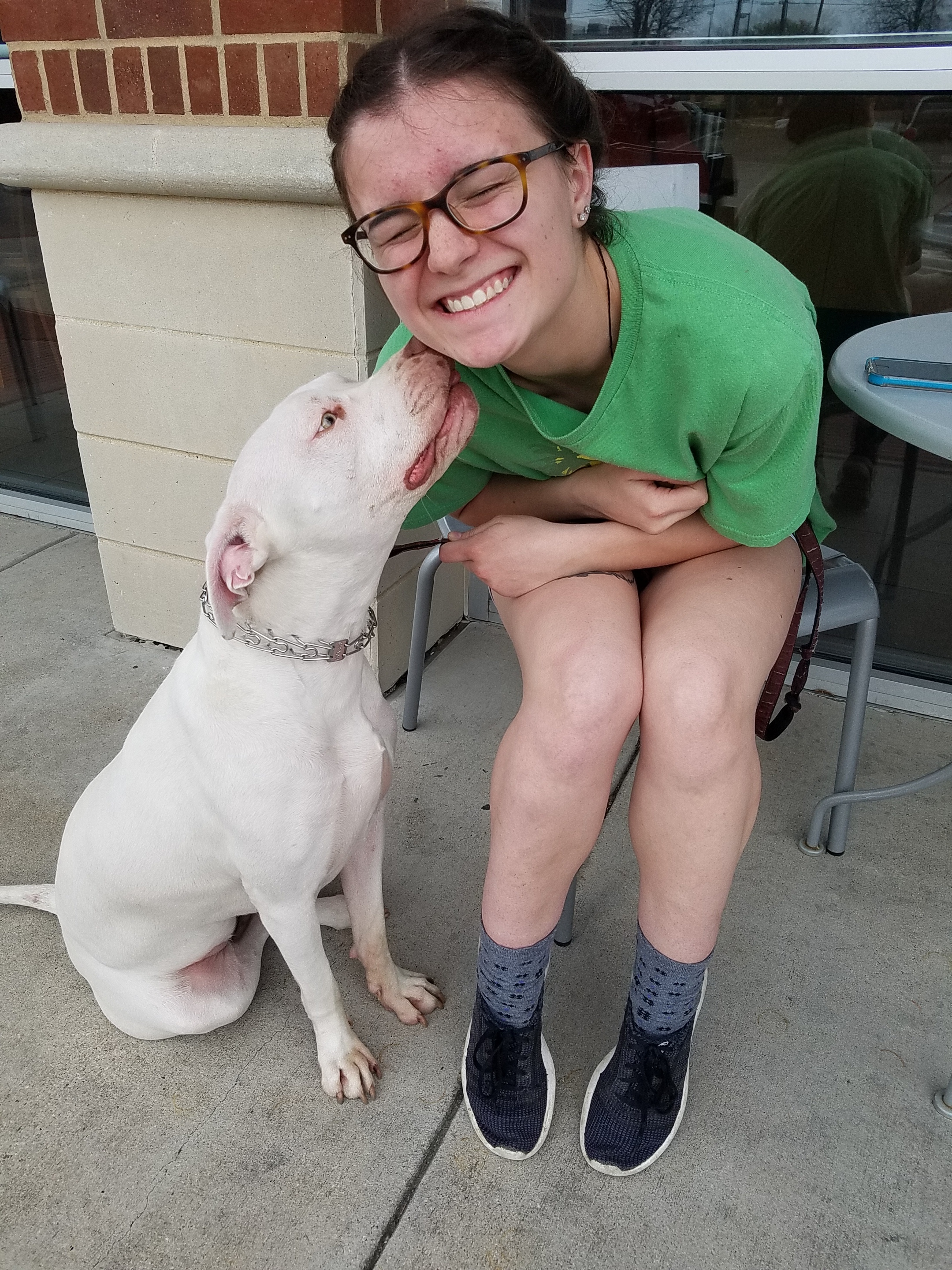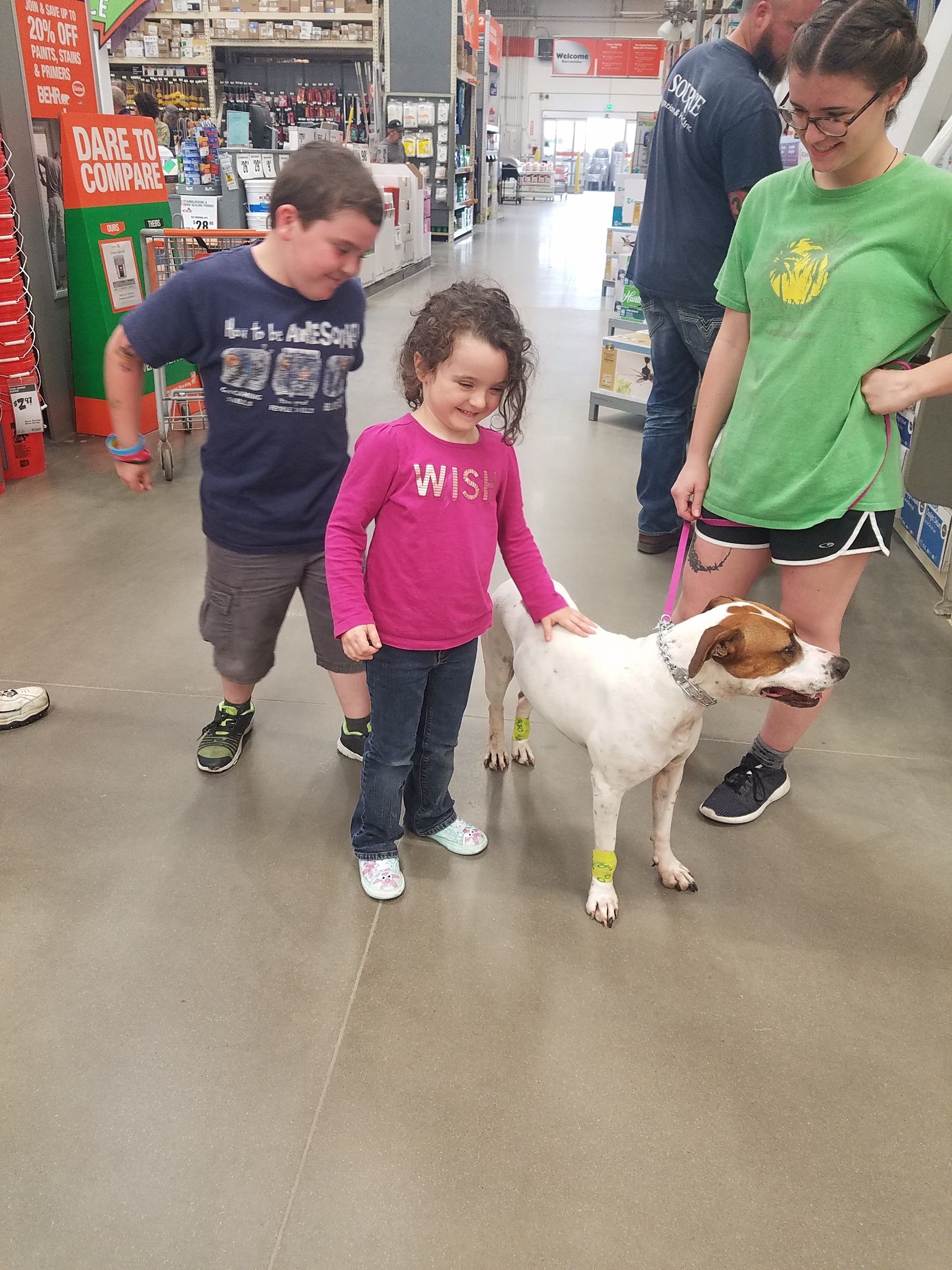While biting is a form of aggression, only a small percentage of dogs that bite are actually aggressive.
Here are three reason which may cause a dog to bite according to Jonathan Klein, a dog behavior specialist, and animal behaviorist Dorothy Litwin.
1. Fear
Unless your dog is aggressive by nature, biting typically results from fear. A well-meaning neighbor may reach his hand out to pet your dog – but the dog, not wanting to be touched, or frightened by the stranger’s hand, may snap at him. “Quite often, people think they can just pet dogs on the head, taking for granted that dogs like to be touched,” says Dorothy.
2. Possessiveness
Whether your dog is possessive about food, a toy or territory, trying to take the thing he’s protecting away can result in signs of aggression, including biting. “What not to do is prove you’re stronger than the dog and take his stuff away,” says Jonathan. If your dog is possessive over food and shows aggression every time you approach his bowl, for example, Jonathan advises showing the dog that you’re going to make things better by adding a treat to the bowl. That way, he’ll come to associate your approach with something positive. Swapping one toy for another or trading a treat for a toy can help a dog overcome toy possession.
3. Pain or other medical reasons
If your dog is experiencing pain or discomfort, she may bite when someone touches her in the painful region. For example, you may not realize your dog has an ear infection until you touch her ear and are surprised when she snaps at your hand. Dorothy recommends that you always try to find a physical reason why your dog has started biting, especially if this is unusual behavior for her, and that if you can’t see anything obvious, to take her to the vet for a checkup.
When it comes to dog bites, prevention is the best route to take. A dog that bites isn’t necessarily aggressive or “bad”; he may just be fearful, protective and/or poorly socialized. Understanding why dogs bite, learning how to read canine body language, and taking steps to prevent situations that could lead to biting, are proactive and effective ways to avoid this behavior.



